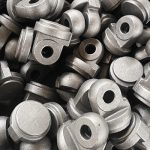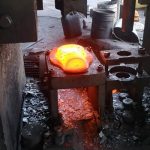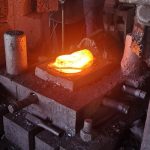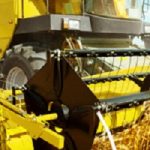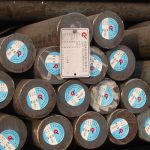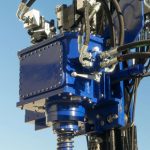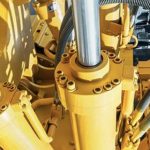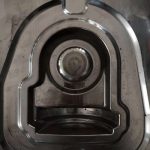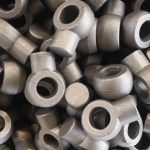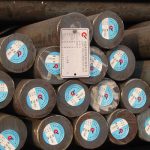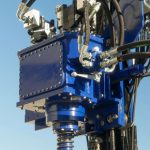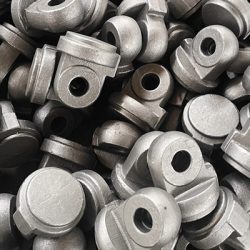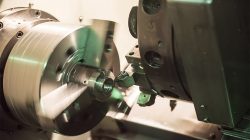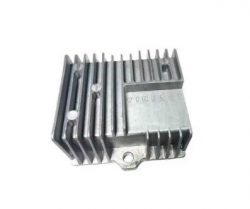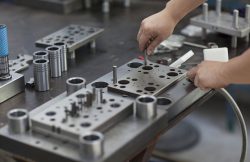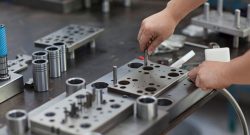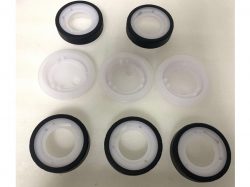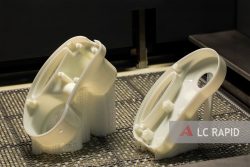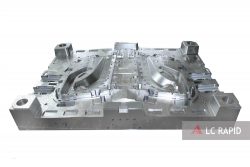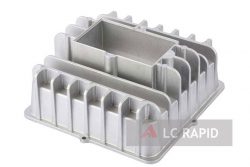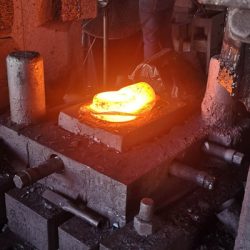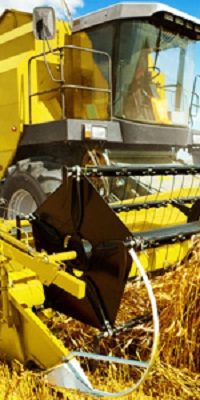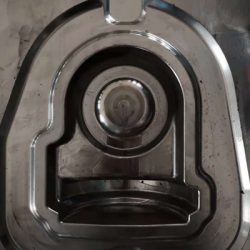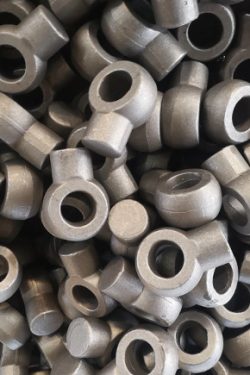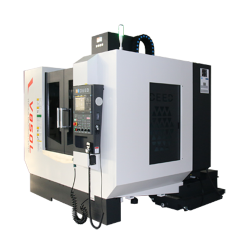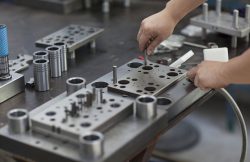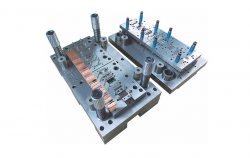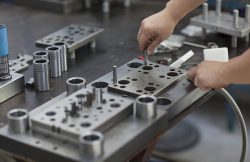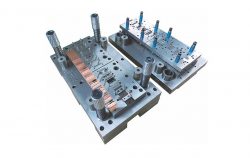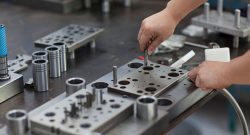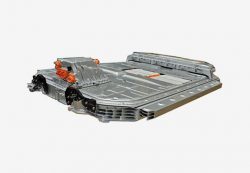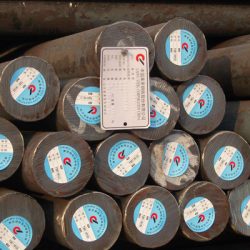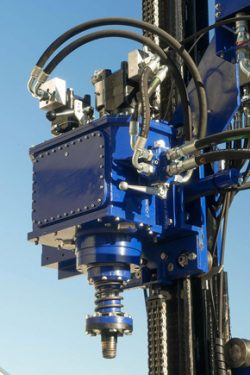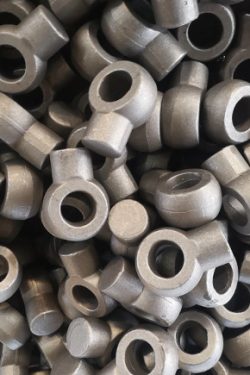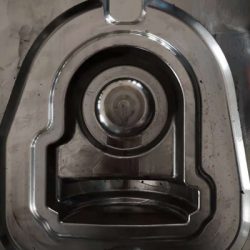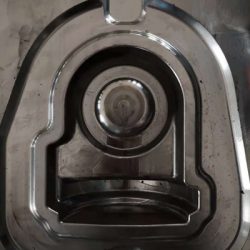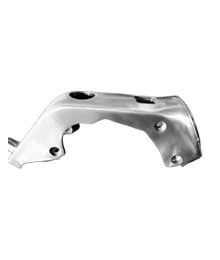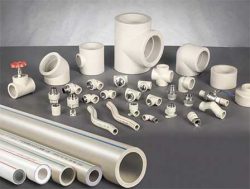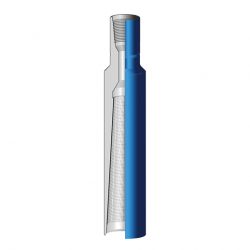What Is Forged Steel?
What is forged steel? The technical point of forged steel refers to change the shape of the material without melting in the manufacturing process. Hot rolling and cold rolling are the two most common forging methods. In addition, there is a variety of extended forging forms, such as wire drawing, deep drawing, extrusion, and cold heading. They have something in common: At room temperature or high temperature, the shape of the material can be changed by yielding it in different processing ways.
Ⅰ. Basic knowledge about forging
Forging is a processing method that uses forging machinery to exert pressure on metal billet to produce plastic deformation and obtain forgings with certain mechanical properties, shapes and sizes. Compared with the cutting process, the weight of the metal is basically the same in the forming process, and the metal particles in different directions all move along the direction with the least resistance. The properties and structure of metals also change during forging process. Forging is mainly divided into free forging, die forging and upsetting forging. Die forging is divided into open die forging with a flash and closed die forging without a flash.
Ⅱ. Forging technology
1. Hot rolled steel
Hot rolling is to force hot billet steel to pass through the roll or die, and then the billet steel deforms into I-beams, steel angles, steel flats, square steel, round steel, pipes, plates, etc. The surface shape of hot-rolled steel is rough due to oxidation at high temperature. Unless using special heat treatment process, after the material is processed, the mechanical properties of hot rolled steel are relatively low due to annealing or normalization treatment. The material is commonly used in low-carbon structural steel components such as buildings and racks.
Hot rolled steel materials are also widely used in the manufacture of machine parts (such as gears and cams, etc.). Generally, before proper heat treatment, the blank of the initial rolled parts has irregular shape, uneven material, and does not have the properties of cold working materials. Most alloys and carbon steels can be formed by hot rolling.
2. Cold rolled steel
The raw material of cold rolled steel is billet steel or hot rolled coil steel. The final shape and dimensions of cold-rolled steel are obtained at room temperature by rolling with hardened steel rolls or by die drawing. Rolls or dies can be used to refine surfaces, and cold working of materials can increase the strength of parts and reduce their ductility.
Therefore, compared with hot rolled materials used in forging, cold rolled steel has lower surface roughness and higher dimensional accuracy. Its strength and hardness are increased at the cost of significant internal strain. The internal strain can be released during subsequent machining, welding, and heat treatment, but deformation will be caused. The commonly used cold rolled steel includes sheets, bar stocks, plates, round steel, square steel, pipes and so on. Structural steels in shapes such as I-beams are usually produced only by hot rolling.

